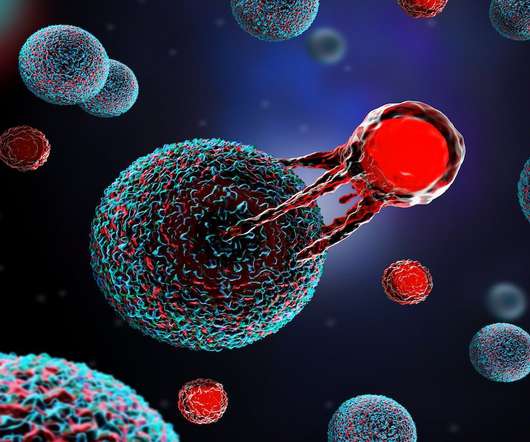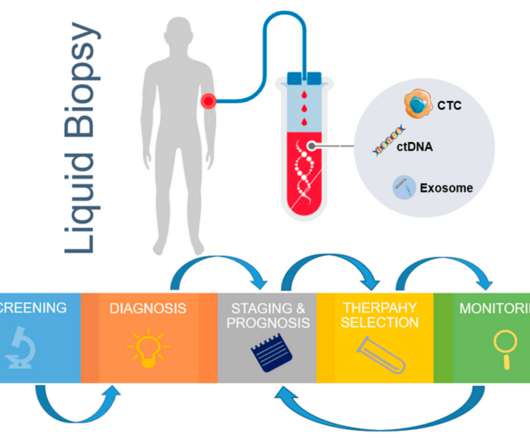Can your LNP manufacturing platform cope with the pace of the mRNA revolution?
Pharmaceutical Technology
APRIL 27, 2023
Genomic medicine development was ranked as the top industry trend for 2023 in a survey of 198 GlobalData Pharma clients and prospects conducted between October and November 2022. GlobalData pharmaceutical analysts project that RNA-based gene therapies for oncology will grow from zero in 2022 to $4.6 billion by 2028.












Let's personalize your content